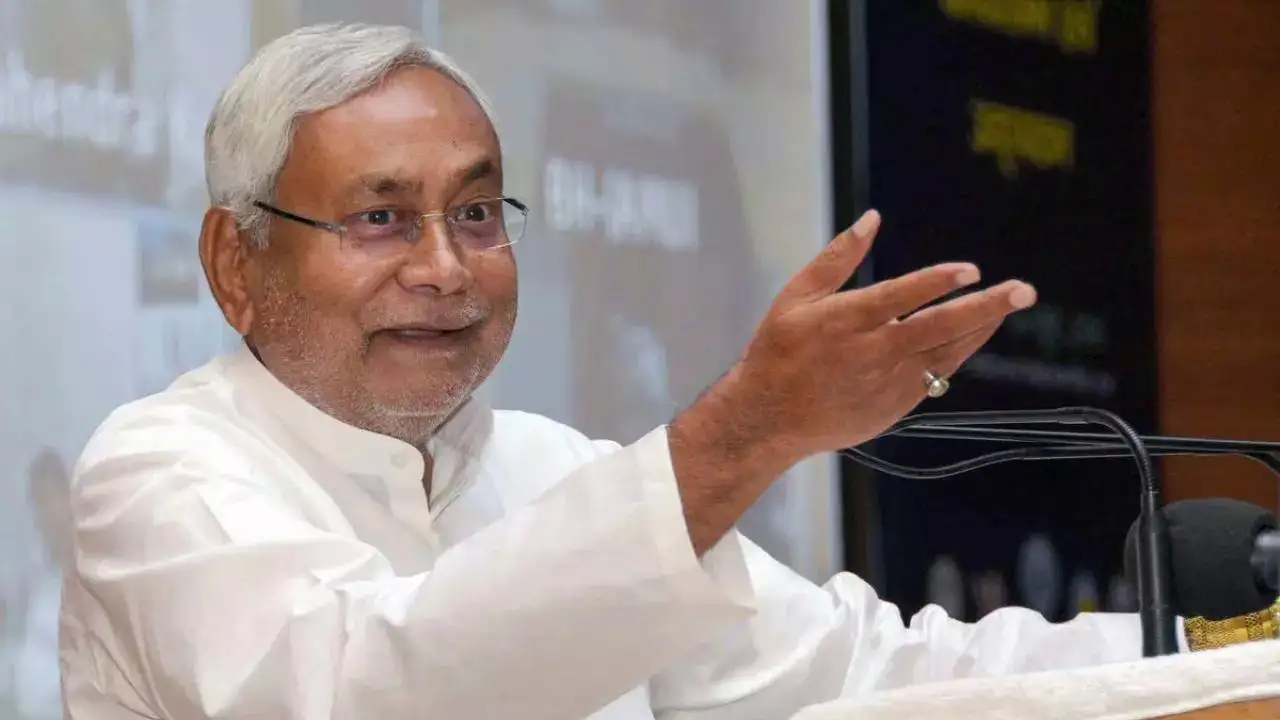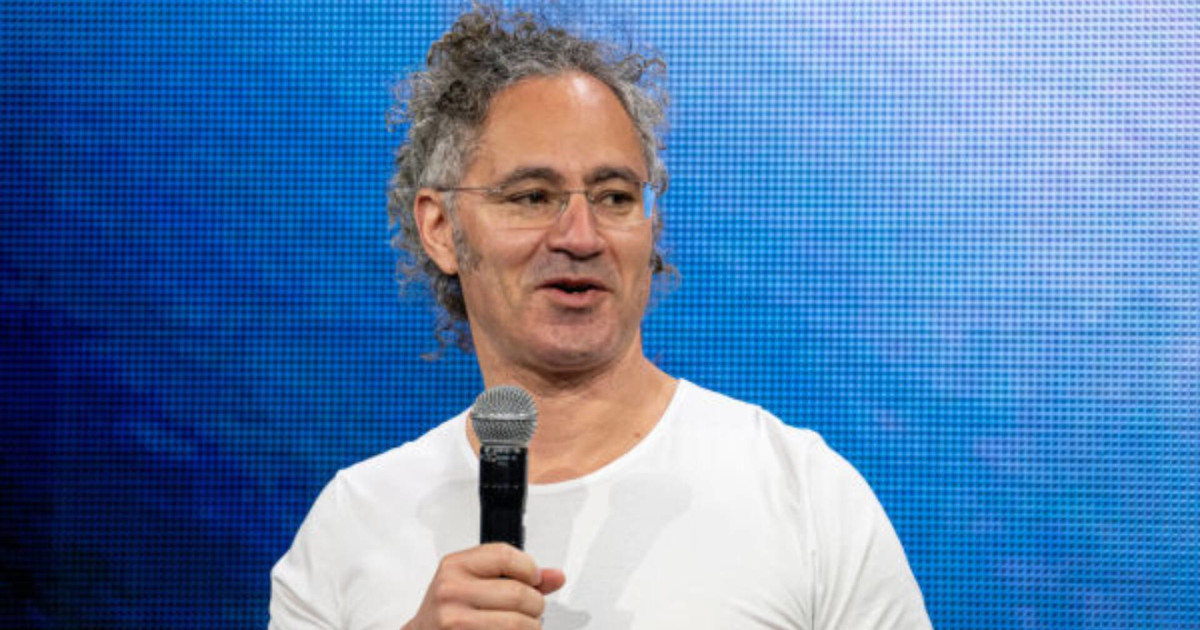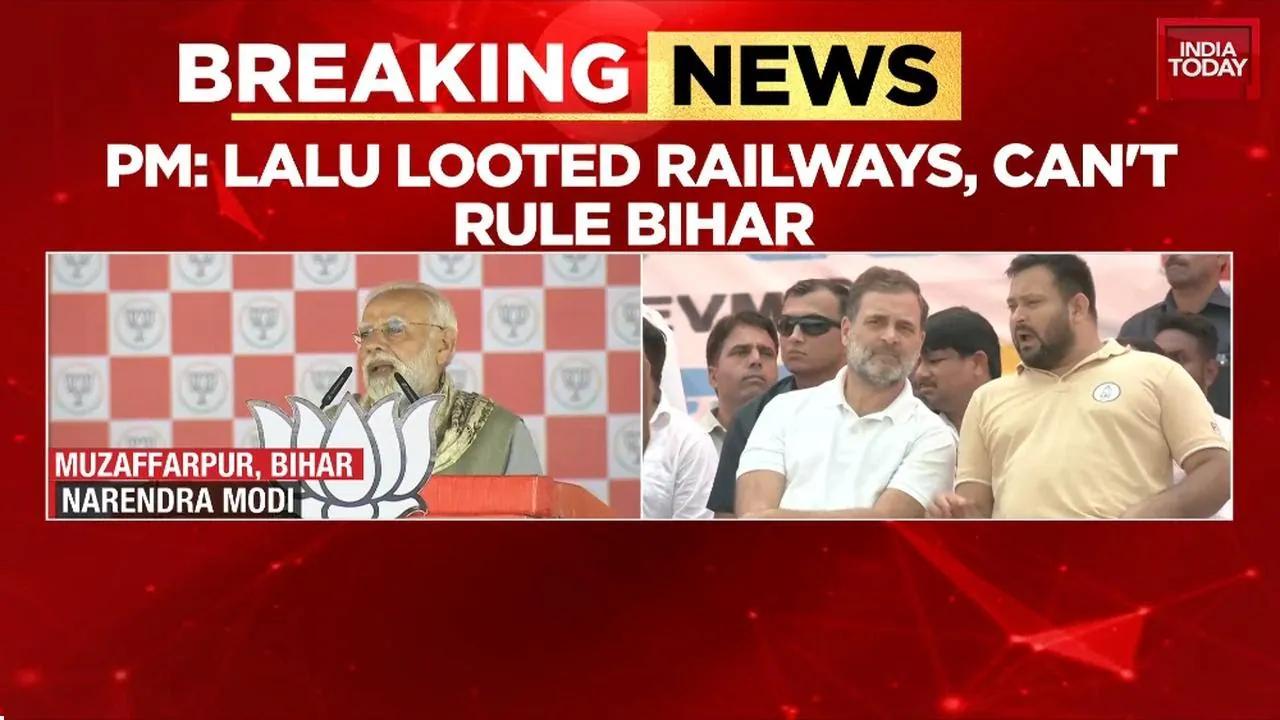Copyright timesnownews

Bihar's longest-serving Chief Minister, Nitish Kumar, is fighting one of the toughest elections of his life as he is not only battling anti-incumbency of close to two decades but also a series of speculations surrounding his health, raised by the Opposition from time to time. With the entry of Prashant Kishor's Jan Suraaj, who has already written off the veteran leader and his party, JD(U), the 2025 Bihar Assembly Election is shaping up to be one heck of a political battle. With the second and final phase of polling scheduled for November 11, the key question on the minds of Bihar's electorate remains — can Nitish Kumar once again defy all odds and lead the state on the path of "Sushashan," perhaps for one last time? Now in his ninth term as chief minister, Nitish stands at a peculiar crossroads - part legacy, part fatigue, part endurance test. For two decades, he has he has controlled the "high chair" of Bihar government, alternating between alliances, four times in the past decade, clearing showing why he is the actual "survivor-in-chief". But as ballots roll out in the Hindi heartland, and opposition raises doubt over his health and age, the question arises - has Bihar's marathon man finally begun his last lap? Nitish, in the almost four-minute-long video released as an appeal to voters before Phase 1 polling, said his government has served the people of Bihar with honesty and transformed the state from a point where the word Bihari was an insult to one where it is now a matter of honour. “You have given me the opportunity to serve the people of Bihar continuously since the year 2005. We want to tell you that in the situation in which we got Bihar, at that time, it was an insult to be called a Bihari. Since then, we have served you by working day and night with full honesty and hard work. You know that earlier, the law and order situation was very bad. First of all, the work of fixing it was done,” he said in the video message posted on social media. He said his government’s approach has been inclusive, working for the development of all sections of society, Hindus, Muslims, upper castes, backward and extremely backward classes, Dalits, and Mahadalits, while doing nothing for his own family, in a veiled swipe at RJD chief Lalu Yadav. Nitish's administrative record is formidable: from restoring law and order to rebuilding infrastructure, from championing women's empowerment to expanding education. Yet, after twenty years of "sushasan", the question looms larger than his slogans — can a leader who once embodied change still represent it? The Engineer of Transformation Born in the modest town of Bakhtiyarpur in 1951 to a middle-class family, Nitish Kumar grew up witnessing the rhythms of rural Bihar, and cut his political teeth as a young socialist in Lohia’s shadow. Decades before he would be known as the architect of Bihar’s turnaround, he was a promising engineering graduate who chose activism and public service over a steady job. By the time he ascended to the chief minister’s seat in 2005, Bihar was often caricatured as India’s badland —a mix of lawlessness (Jungle Raj) , broken roads, and collapsed governance. Nitish upended that image. Hard infrastructure, electrification, a crackdown on crime, and a resurgent focus on education and social welfare formed the core of his “development with justice” plank. Seldom flashy but always methodical, Nitish built what many called the Bihar Model: pragmatic, inclusive, and relatively clean. For a generation of voters, he symbolised governance that was measurable, not mythical. Political Acrobatics and Survival Instincts Nitish Kumar’s technical acumen has always been matched by rare political agility. He has hopped between rivals — allying with both the BJP and RJD multiple times, often at moments of existential crisis for his own party, JD(U). Critics and his rivals dubbed him "Paltu Ram", a reference to his frequent switching of alliances for political survival. In 2024, Nitish engineered his most dramatic turn yet - breaking from the Mahagathbandhan to rejoin the NDA - and was rewarded with a ninth term at age 74. Such acrobatics have kept Nitish in power longer than any of his contemporaries. Yet, they have also introduced drifts of fatigue - not merely personal, but moral and political. A leader once revered for his principled, evidence-based governance now finds himself negotiating electoral equations and coalition compulsions with a diminished sense of ideological clarity. For supporters, it’s pragmatism. For critics, it’s exhaustion. The Signs of Political Fatigue In this phase, Nitish Kumar’s odyssey is shadowed by unmistakable signs of weariness — both in his own ranks and among the electorate. The frequent changes in alliances, sometimes appearing opportunistic rather than strategic, have muddied his image as a steadfast leader. Traditional support bases - the EBCs, women, and first-time voters - still look to him for continuity, but younger Biharis increasingly seek audacious new ideas and uncompromising delivery on economic growth. His milestone projects — appointing over a lakh schoolteachers, near-universal electrification, and a dramatic reduction in crime — are cited in every rally. But the narrative of transformation has dulled with time. Bihar’s persistent problems - unemployment, migration, and patchy public services - have eroded the shine of the Sushasan era. As a septuagenarian statesman, Nitish is seen less as the engine of change and more as its conductor, guiding the state toward regularity and away from chaos, but seldom promising the leap that the youth crave. Still the Master of Bihar’s Politics? Yet, Nitish Kumar’s last lap may not be a slow fade. Few Indian politicians have mastered the art of coalition management, caste arithmetic, and symbolic politics quite like him. The 2025 elections have once again seen Nitish mobilising OBCs and EBCs, leveraging his reputation for clean governance and administrative stability. His outreach programs and the relentless Samadhan Yatra reflect a leader fighting to stay relevant even as the ground shifts beneath him. His greatest asset remains his ability to bridge divides, rural versus urban, upper versus backward caste, and men versus women voters. While rivals often tie themselves to single communities, Nitish projects the image of an elder statesman: above the fray yet deeply attuned to Bihar’s evolving pulse. It’s this elasticity, the ability to bend without breaking, that has allowed him to outlast more flamboyant but less adaptable challengers. Epilogue: The Enduring Question As Nitish Kumar embarks on what may well be the final stretch of his storied career, the state he has shaped so indelibly stands at a crossroads. Is the Sushasan era drawing to a close, or does the veteran still have reserves of energy to pilot Bihar into a new decade? The fatigue is real — among party cadres, voters, and perhaps in Nitish himself. But his political life has always been defined less by fatigue than by renewal — those unexpected spurts of resilience that allowed him to defy obituaries written too soon. In 2025, as Bihar readies to deliver its verdict, one legacy is undisputed: Nitish Kumar’s journey has redefined not just governance in the state, but how long, and in how many ways, a single leader can shape the destinies of millions. As November 14 nears, Bihar waits for more than just an election result - it’s a test of Nitish Kumar’s legacy and people’s faith in his leadership. Whether voters choose change or give him one more chance, the verdict will show that in democracy, no leader is permanent — only the people’s trust decides who stays in the game. For the Latest news, India News, Bihar Election 2025 updates and breaking stories from around the world, visit Times Now for live coverage and in-depth reporting.



